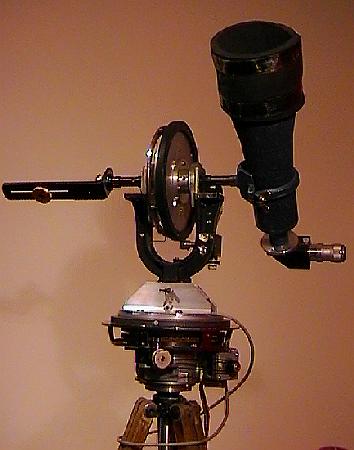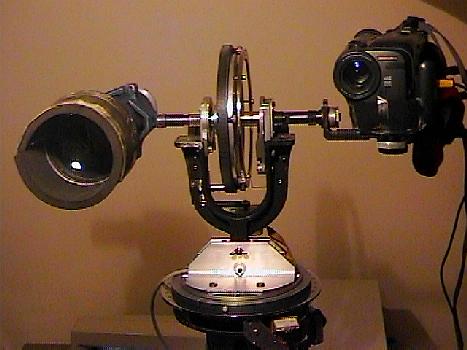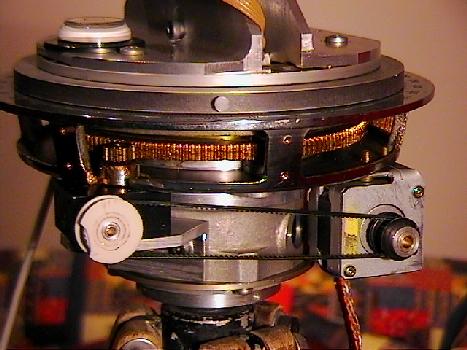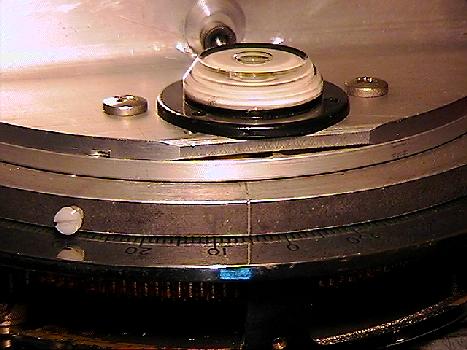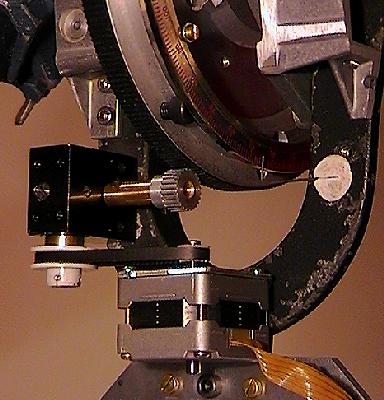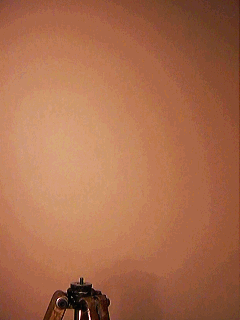Early results were very encouraging and after sorting out a few teething problems, the mount is performing very satisfactory under CoSaTrak computer control. The main problems were with play in the gears causing the motors to stall when the mesh was too tight but when reducing it too much resulted in vibration when trying to keep up with a high speed satellite. The ex-floppy drive stepper motors are performing surprisingly well against the inertia of having to move a fair mass at quite a speed.
